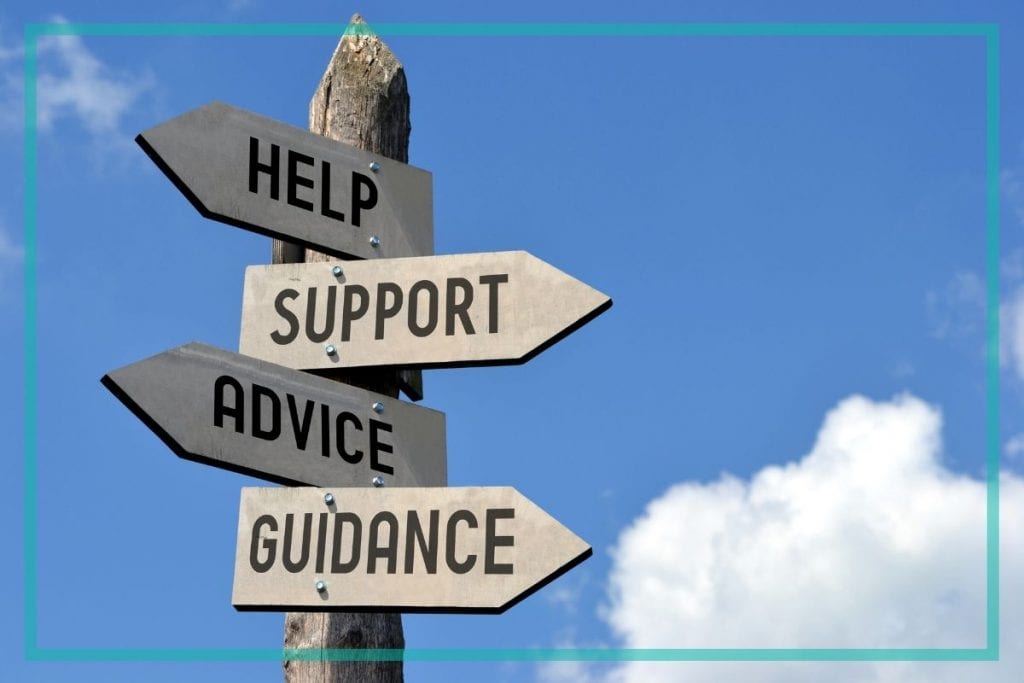
Social connections are an essential part of the human experience and play an important role in maintaining our mental health and well-being. However, when we are feeling anxious or depressed, it can be hard for us to reach out.
Feelings of loneliness and isolation can limit our ability to identify sources of social support and our desire to connect, even when we know it can benefit us greatly. A helpful first step when struggling to reach out can be to evaluate the different kinds of emotional support available to us to help guide us in our efforts to get the help we need.

What are the different kinds of emotional support we can give each other?
There are 3 main categories of emotional support that are helpful to consider when assessing how to reach out for help:
1.“Toolbox”/Practical Support
Practical support is typically action-oriented and involves some sort of problem-solving or advise giving. For example, you may choose to call a friend after your car breaks down on your way to work. A friend who is offering practical support may offer to call a car towing service. This type of support can be crucial for situations where our anxiety or depression may make it hard for you to see solutions in a timely or effective manner.

2.“Tissue”/Sympathy and Empathy
A “tissue” is someone who is willing to listen to how you are feeling and supports you in coping with your distress. Following the previous example, a friend offering sympathetic support may empathize with your distress about running late to an important meeting, as a result of your car breaking down. Sympathetic supports validate your distress and help you feel less alone as you cope with stressful situations.

3.“Bucket”/Holding Space
Sometimes we just need someone to listen and provide space to hold our distress. The process of unloading our emotions is often referred to as “venting,” and can be extremely helpful in relieving distress. In the example of your car breaking down, a “bucket” can simply listen to you describe everything that happened to you that day. Having a space to “vent” can help clear mental and emotional space to begin to assess what is most important for you to focus on to move forward.
How can I use this to get better help?
By evaluating our social support network using the three categories described above, we can start to be more mindful of how and who we ask for help. Not everyone is built to provide all 3 categories of support and often, we do not need all of them at once. Taking a step back and thinking about what you need in terms of a “toolbox,” “tissue,” or a “bucket,” can help you identify who to reach out to and what to ask for. With practice, we can become more effective in how we ask for support and start to uncover the different ways we are supported in our lives.

No Comments yet!